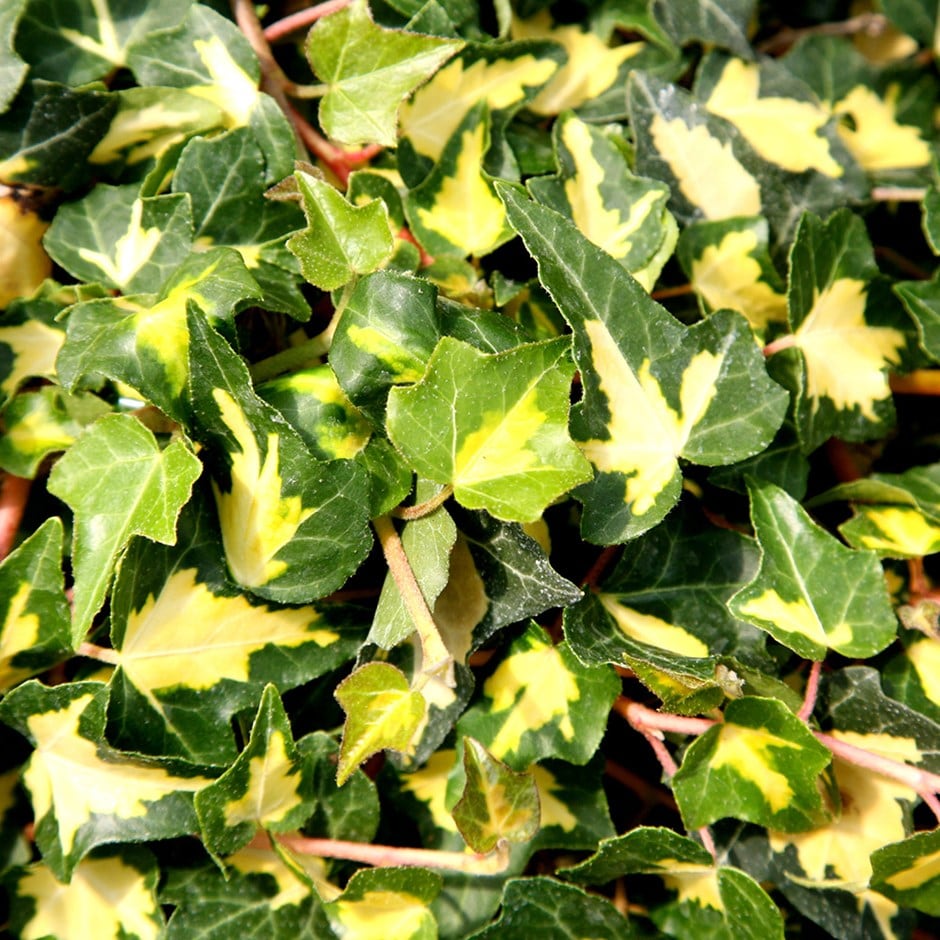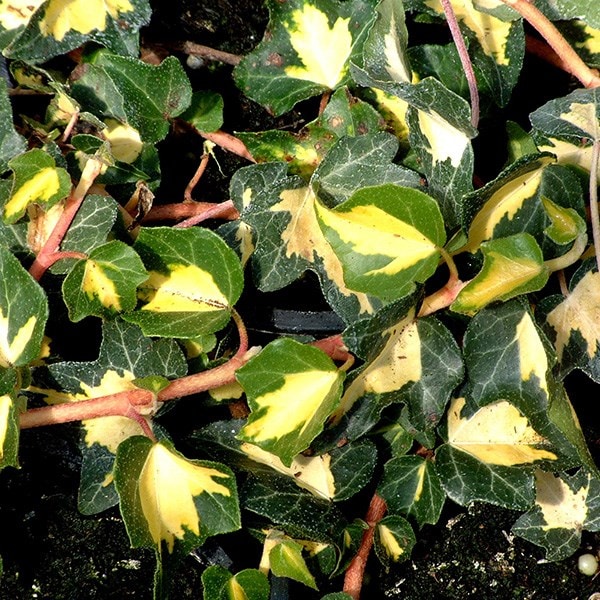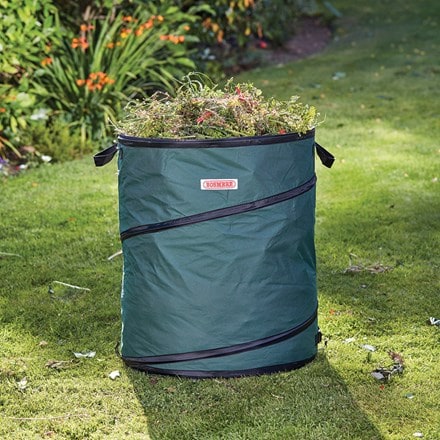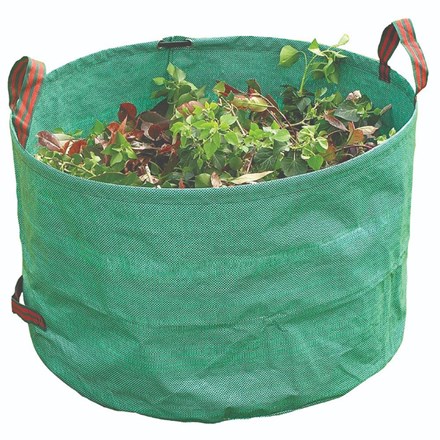Hedera helix 'Oro di Bogliasco'
common ivy ( syn. Hedera Goldheart)
- 3 litre pot | 60cm cane
- £29.99
- In stock (shipped within 2-3 working days)
Delivery options
- Standard £5.99
- Position: full sun or partial shade
- Soil: moderately fertile, moist but well-drained soil, or John Innes No.3 potting compost for containers
- Rate of growth: fast
- Flowering period: October to November
- Hardiness: fully hardy
Clusters of yellowish-green autumn flowers, followed by spherical black fruit and glossy, three to five-lobed, dark green leaves, which are irregularly daubed in gold. This vigorous, self-clinging, evergreen climber is perfect for covering walls and fences and dry shady areas under shrubs and trees.
Hedera helix 'Oro di Bogliasco' will help support a wide range of native species, so it's a wonderful choice for the wildlife-friendly garden.
Hedera helix 'Oro di Bogliasco' will help support a wide range of native species, so it's a wonderful choice for the wildlife-friendly garden.
To avoid dry conditions, and to ensure good soil contact around the rootball, we advise planting climbers at least 30cm (12in), and preferably 45-60cm (18-24in) away from the base of a wall or fence. An even larger distance should be maintained when planting climbers beside an existing tree or shrub.
Plant level with the soil surface and incorporate some well-rotted compost into the backfill, sprinkle some mycorrhizal fungi over the rootball and firm the soil around the plant. Water thoroughly after planting and mulch to retain moisture.
Once established, ivy can provide a protective habitat for birds and other animals, so any pruning should be tackled ahead of the nesting season in late winter or early spring. Before pruning, observe for a few days, and if birds are returning to one spot, consider leaving it alone as nest building may already be underway.
Plant level with the soil surface and incorporate some well-rotted compost into the backfill, sprinkle some mycorrhizal fungi over the rootball and firm the soil around the plant. Water thoroughly after planting and mulch to retain moisture.
Once established, ivy can provide a protective habitat for birds and other animals, so any pruning should be tackled ahead of the nesting season in late winter or early spring. Before pruning, observe for a few days, and if birds are returning to one spot, consider leaving it alone as nest building may already be underway.
- Humans/Pets: Harmful if eaten; skin irritant/allergen



